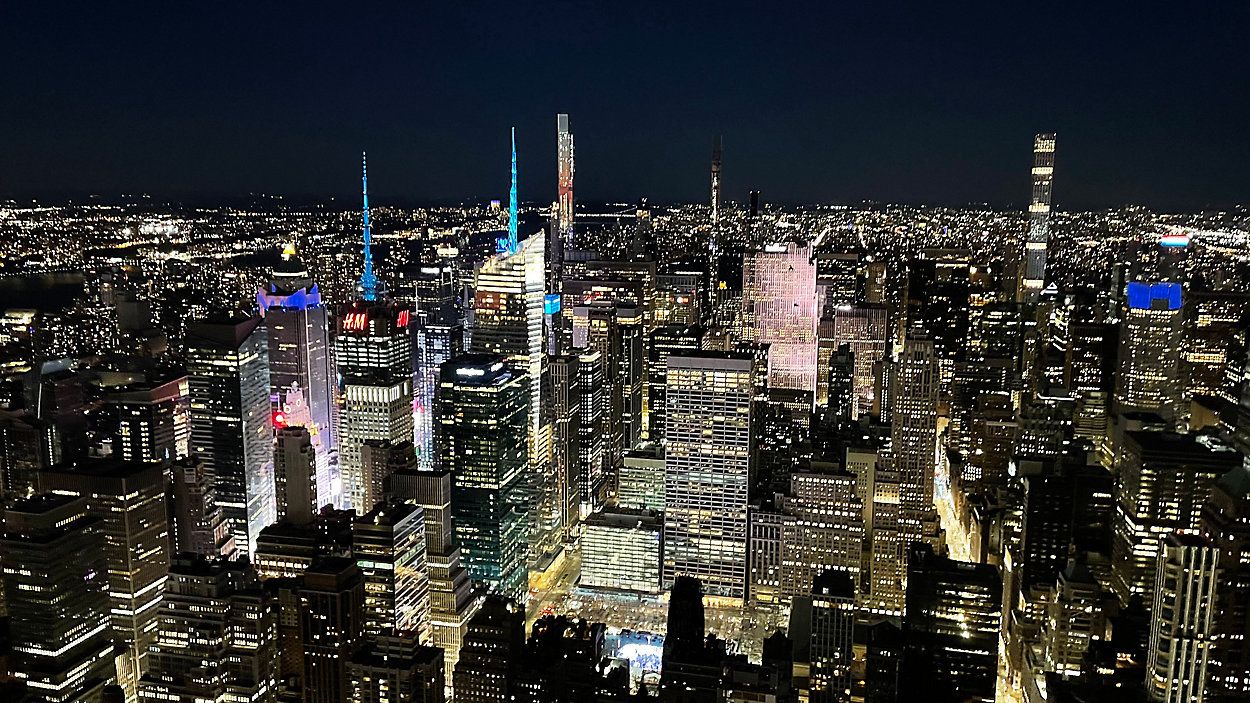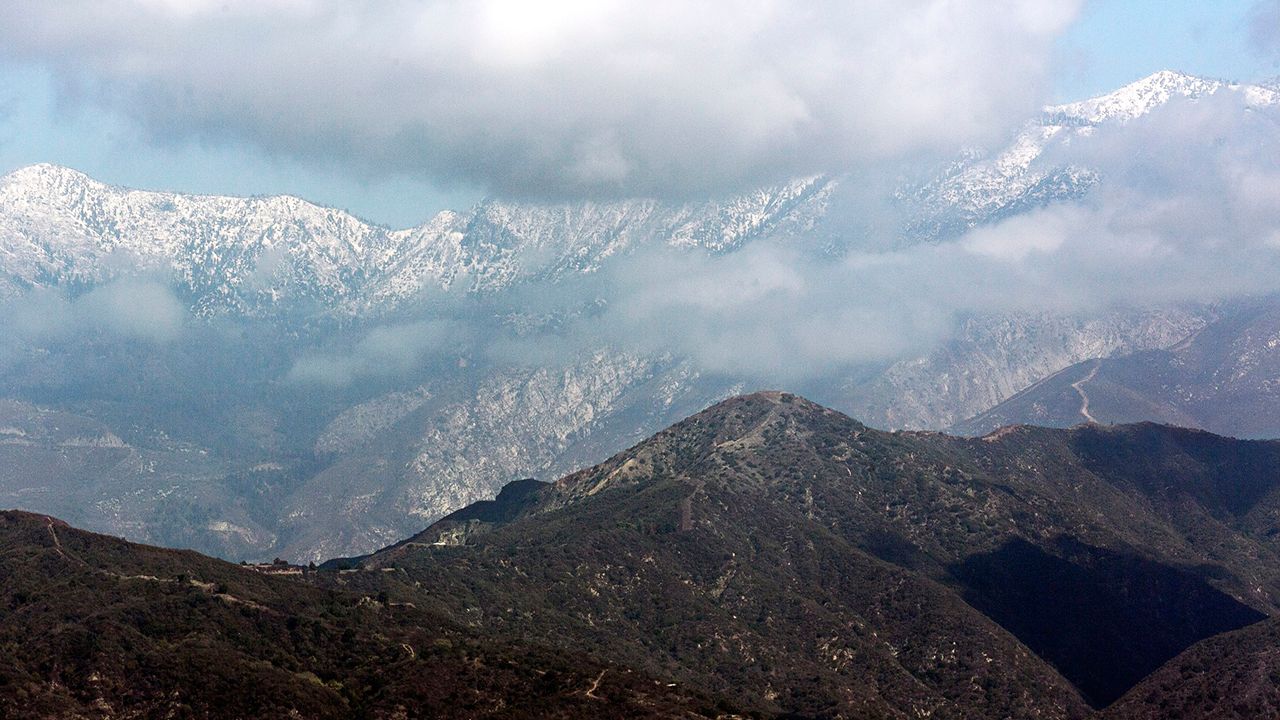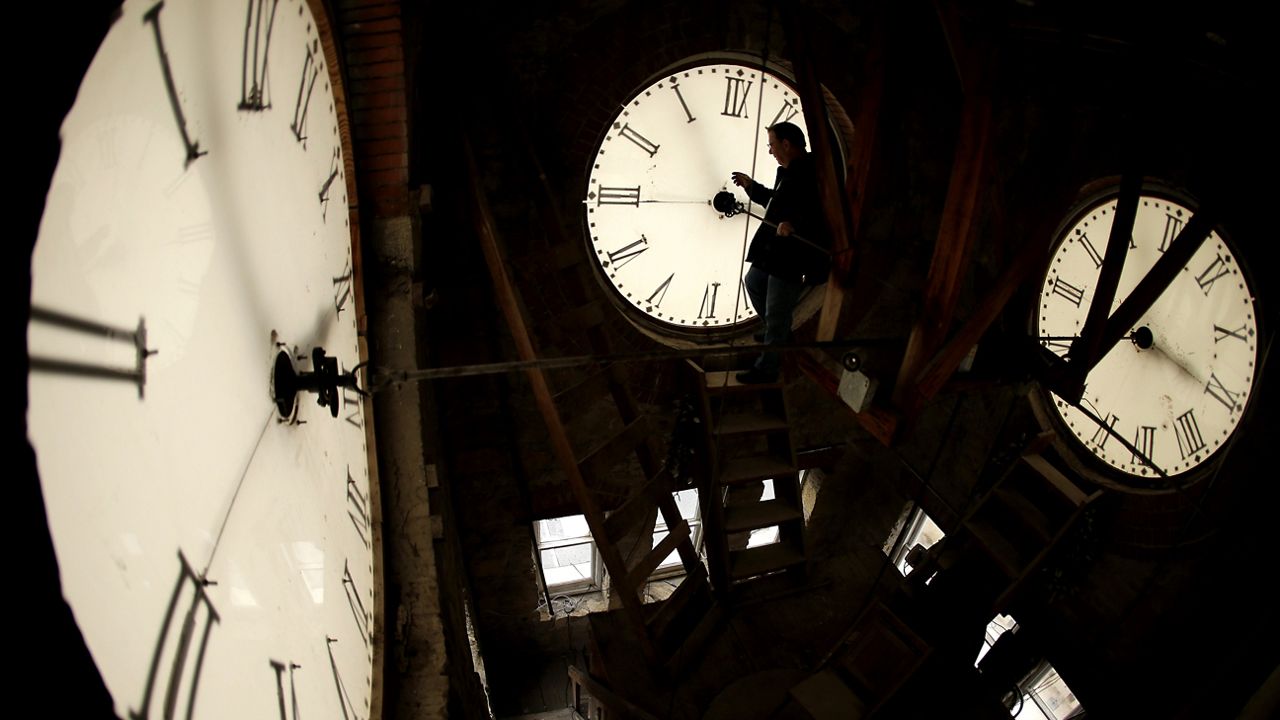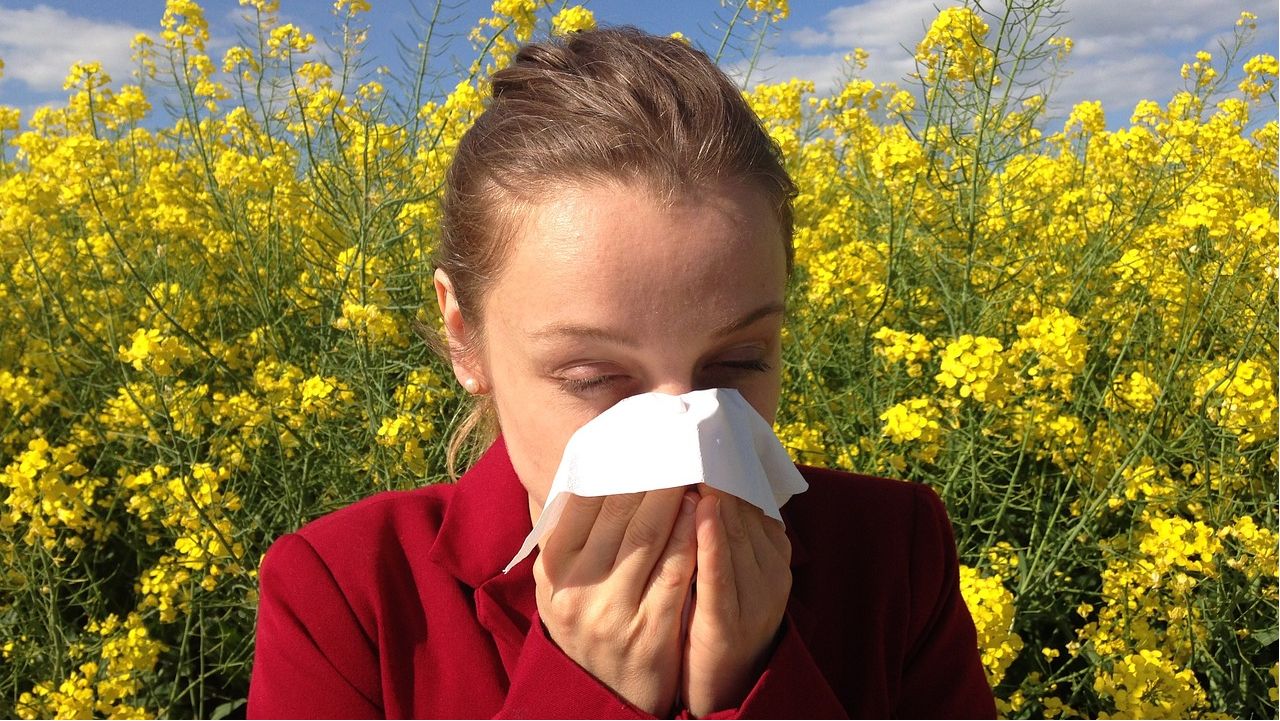Heavy snow and high winds whipped through New York City for about an hour Wednesday evening in the city's first Snow Squall Warning.
Then temperatures plummeted, making the city feel like it's more than 10 degrees below zero overnight.
HOW COLD WILL IT BE IN THE CITY?
The snow is done, but everyone should be wary of icy streets and sidewalks because of the low temperatures overnight and in the early-morning hours:
Temperature Trend
1 am: 7 degrees
4 am: 6 degrees
7 am: 4 degrees
Wind Chills
1 am: -10 degrees
4 am: -12 degrees
7 am: -14 degrees
Thursday, the city will see sunny skies a high temperature of 16 degrees, but expect wind chills ranging from about -14 at 7 a.m. to only about 3 degrees after noon.
Friday will be a bit warmer, with a projected high of 22 and a low of 18. Wind chills will start out in the single digits before they rise to the teens after noon.
The real warmup will be this weekend, when there will be a mixture of sun and clouds. Temperatures will be back in the 40s Sunday.
INSIGHT FROM THE NY1 WEATHER TEAM
It's winter. Isn't it supposed to be cold?
Yes! January is the coldest month of the year for us, but the normal high this time of year is 39 and the normal low is 27. On Thursday, we'll have highs in the teens and lows near 5. That's more than 30 degrees below the normal.
Is this the polar vortex?
Yes and no. The polar vortex will be moving over Chicago, and air temperatures there could go to -20. The polar vortex will miss New York City to the north and west, but it will still be close enough to bring us the deep freeze.
Is it safe to go outside?
Of course! Just be prepared. Frostbite can occur in as little as 30 minutes in these conditions, so be sure to cover your hands and head.
What about climate change?
A few very cold days isn't climate. Climate change (what we used to call global warming) is weather trends over decades, not days. For example, seven of the warmest winters for New York City have happened since 1995, while the last winter to rank in the top 10 coldest was 1977.
What's a NY1 Weather on the Ones insider tip for beating the cold?
Erick Adame: Don't be afraid to forgo fashion. Put on that clunky heavy coat and be ready for "hat hair."
John Davitt: Drink warm beverages. "Warm from the inside." Hot chocolate is my favorite.
Stacy-Ann Gooden: Dress in layers and keep your hands, feet and head covered. Don't forget to keep a close eye on kids, pets and the elderly too.
HEATING AND SAFETY
The city is reminding New Yorkers to call 311 if they see a person living out on the street.
Also, call 311 or log on to NYC.gov if you have heating complaints. According to the city,
landlords are required to maintain the heat inside at 68 degrees Fahrenheit or above when the temperature is 55 degrees or below outside between 6 a.m. and 10 p.m.
Between 10 p.m. and 6 a.m., landlords are required to maintain the heat inside at least 62 degrees Fahrenheit or above, regardless of the temperature outside.
WHAT'S A SNOW SQUALL?
A snow squall is a brief but intense band of snow that can cause whiteout conditions and generate winds over 50 mph. They are like thunderstorms in the winter that bring snow instead of rain.
This was the first time a Snow Squall Warning was issued for New York City, although the National Weather Service did not start issuing them until November 2018.
DANGEROUS TRAVEL OUTSIDE NEW YORK CITY
While New York City faced only a snow squall, other parts of the state are dealing with heavy snow and ice.
The National Weather Service has issued blizzard warnings for sections of northern and western New York and officials are urging people to stay inside.
Heavy wind-driven snow is causing whiteout conditions amid sub-zero wind chills.
Erie County Executive Mark Poloncarz issued a state of emergency, along with travel bans in several suburbs as conditions deteriorated Wednesday. Schools and many offices are closed.
Blizzard warnings are in effect through 1 a.m. Thursday in Erie, Genesee and Wyoming counties in western New York and Jefferson and Lewis counties in central New York.
Tractor-trailers and commercial buses are banned from the New York State Thruway and other highways in those areas.
Information from the Associated Press was used in this story.









